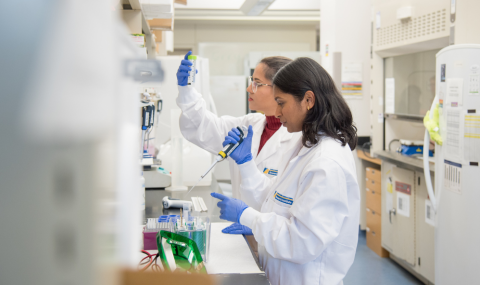|
PNEUMONIA Pneumonia (pronounced "new mo nea") is an inflammatory response in the lung that is characterized by secretions and fluid collections in an area of the lung that can be seen on xray (called an infiltrate). It is most frequently due to infection in the lung. If a patient vomits and the contents of the stomach enter the lung, the highly acidic nature of the stomach contents can harm the lung and set off an inflammatory response. The entry of oral or stomach secretions into the airway is called "aspiration". If it causes a pneumonia, it is called "aspiration pneumonia". This is a very serious complication. Patients are often admitted to critical care with a diagnosis of pneumonia. With severe pneumonia, they may need mechanical ventilation in order to oxygen the lung. Patients who have a breathing tube and are on a ventilator are also at risk for developing pneumonia. Even with the cuff on the endotracheal tube inflated, secretions can be aspirated. We try to remove the breathing tube as soon as the patient is well enough, to reduce the risk for pneumonia due to the breathing tube. This type of pneumonia is called Ventilator Associated Pneumonia (VAP). One simple strategy used to reduce the risk for VAP is to keep the head of the bed elevated when a patient has a breathing tube. This is probably most important when they are also being fed. |
|
|
|
|
|
|
Our masking guidelines have been updated. Visit the Patient and Visitor Masking Guidelines page for more information.



